Accessibility is increasingly recognised as an important part of how organisations deliver value across a number of industries, and rightly so. It goes beyond meeting legal requirements to improve user experience, promote inclusion, and build better services for all. Yet, despite the growing awareness, some organisations still see integrating accessibility into its processes as an isolated effort or something to be “checked off” near the end of a project, prompted by upcoming regulation, user complaints, or reputational risk.
This reactive approach may satisfy compliance needs in the short-term, but it does little to build lasting, meaningful inclusion. Meaningful progress happens when accessibility is embedded into an organisation’s everyday mindset and operations. In short, accessibility must become a fundamental element, not an afterthought. Adding accessibility to everyday practices instead of reserving it for emergencies allows companies to develop better products, rely on stronger teams, and be more resilient.
The Limitations of a Reactive Approach
When accessibility is left behind, it creates unnecessary strain on teams and often results in sub-standard fixes. These rushed efforts are typically inconsistent, poorly thought out, incomplete, and costly to implement, eroding both product quality and user trust. Organisations opting to head down this road are missing out on the inherent advantages that championing accessibility offers.
Beyond the financial and reputational costs of getting this wrong, reacting too late also stifles innovation too. When viewed with this mindset, accessibility concerns are seen as constraints to work around, rather than opportunities to design more effective and inclusive products or services’. This leaves businesses cumbersome and slow to react to the demands of its users, and ultimately unable to differentiate themselves from competitors too, who may be taking a similar, half-baked approach.
Alongside this, patchwork policy and a piecemeal approach can leave organisations vulnerable to changing legislation and regulations. Although policy in this area can take some time to formulate, laws in this area of business are tightening globally, with many countries expecting a more proactive approach from businesses when it comes to compliance. Those relying on last minute fixes risk being left behind, both in the eyes of those who feel let down by poorly thought out policies and frameworks, and financially too, in the form of significant penalties and fines for non compliance.
Embedding Sustainable Accessibility into Business Practices
Sustainable accessibility is about making inclusion a continuous and shared responsibility across an organisation. It is a long-term, strategic approach that integrates accessibility into everyday decision-making, policies, and workflows while ensuring that accessibility is not dependent on individual champions or occasional audits, but supported by systems and processes that endure.
What many businesses don’t realise is that this approach doesn’t require organisations to overhaul everything overnight and start from scratch either. In fact, sustainable accessibility is most effective when built into existing structures and processes to embed accessibility naturally. For example, design teams can work to include it from the outset, making products and services that are usable for a diverse range of people from the very beginning. Development cycles can include accessibility criteria as standard, and a bare minimum, as part of quality checks.
Procurement is another critical area. Organisations should ensure that accessibility standards are built into vendor selection and contract negotiations, making third-party tools and services align with inclusive goals. Recruitment processes can also evolve to include accessible job descriptions, inclusive interview practices and techniques, and accommodations as a standard, not a request, to create fairer hiring processes and attract a broader talent pool.
Even internal systems, such as communication platforms, training methods and materials, and reporting tools must be evaluated and refined to support and promote accessibility. When organisations embed these principles across all departments as standard, accessibility stops being seen as a separate entity and instead becomes a natural part of how a business operates. And not something that happens only after a product or policy is released.
The Benefits of Sustainable Accessibility
Of course, there’s no universal formula for sustainable accessibility. Every business is different and will take a different route dependent on their structures, tools, cultures, and ways of working. But the benefits of sustainable accessibility are both consistent and far-reaching.
Through making it second nature, and a standard part of planning and delivery, organisations can reduce long-term costs and avoid the need for costly retrofitting. Products and services are more likely to meet standards by design. Ultimately, teams become more efficient, and inclusion becomes a consistent thread throughout the development cycle, rather than a last minute concern.
There are wider advantages to consider too. Organisations that embrace accessibility can serve a broader range of users, strengthen their brand reputation, and build inclusive internal cultures. They are also better placed to respond to any significant regulatory changes with confidence, and not with panic. Above all, sustainable accessibility reflects strong organisational values. It signals a commitment not just to compliance, but to people, whether customers, employees or communities they serve.
Looking Ahead
Accessibility can’t remain a box ticking exercise. As expectations and regulations continue to change, organisations that embed inclusion into business as usual will be better positioned to lead with confidence. Sustainable accessibility isn’t just the right thing to do, it is ultimately a smarter, and more resilient way to work with positive secondary outcomes for businesses.







